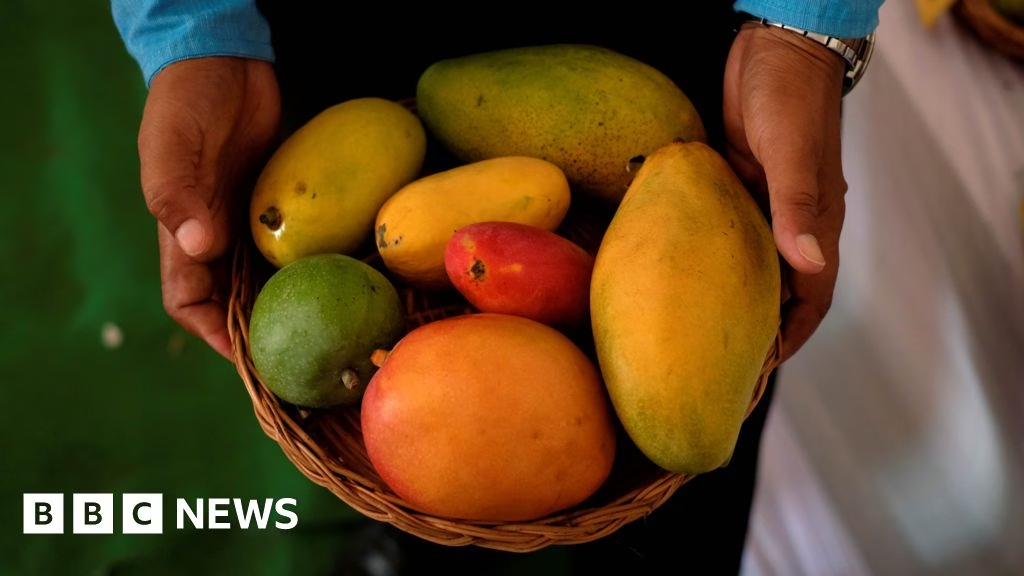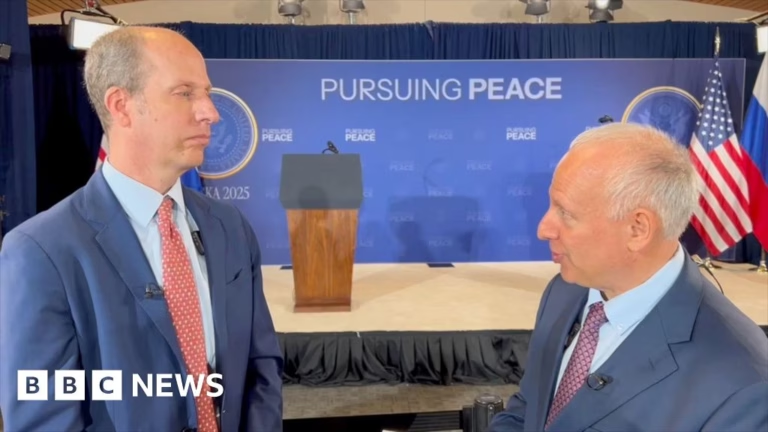 480w.webp) Mansi Thapliyal
Mansi ThapliyalAs summer sweeps across India, one of the most common questions a leading Mumbai-based diabetologist hears from his patients is: “Can I eat mangoes?”
“Mangoes, with their rich sweetness and diverse varieties, are a staple of Indian summers, and it’s understandable why people want to indulge,” says Rahul Baxi.
However, this simple question, he says, comes loaded with misconceptions – ranging from the belief that mangoes should be strictly avoided, to the opposite extreme where some think eating mangoes in excess might “reverse diabetes”.
The reality lies somewhere in between, but the confusion doesn’t end with the season. “In fact, many patients return for follow-up visits post-mango season, often with elevated glucose levels, and sometimes, the culprit may just be overindulgence in this beloved fruit,” says Dr Baxi.
This constant dilemma has left many people with diabetes wary of the “king of fruits”. Yet, new research suggests that mangoes might not be the villain they’re sometimes made out to be.
Two new Indian clinical trials are turning conventional dietary wisdom on its head, suggesting that controlled mango consumption instead of carbohydrates (in the form of bread) may actually improve blood sugar and metabolic health in people with type 2 diabetes.
Type 1 diabetes occurs when the pancreas produces little or no insulin, while in type 2, the body becomes resistant to insulin’s effects.
Type 2 diabetes makes up over 90% of global cases, according to the International Diabetes Federation (IDF). It’s the eighth leading cause of disease burden worldwide, projected to rank second by 2050. Though not fully understood, it’s strongly linked to excess weight, age, ethnicity and family history.
In India, an estimated 77 million adults have type 2 diabetes, while nearly 25 million are prediabetic and at high risk of developing the condition, according to the World Health Organization.
 320w) Hindustan Times via Getty Images
Hindustan Times via Getty ImagesYet amidst the challenges, new findings offer a surprising ray of hope – especially for mango lovers.
A pilot study soon to appear in the European Journal of Clinical Nutrition and involving 95 participants found that three popular Indian mango varities – Safeda, Dasheri and Langra – produced similar or lower glycemic responses than white bread over two hours of glucose testing. (A glycemic response is how quickly and how much a food raises blood sugar levels after eating.)
Continuous glucose monitoring of people with and without type 2 diabetics over three days showed that, in participants with diabetes, post-meal sugar fluctuations were significantly smaller after eating a mango. This low fluctuation glycemic response could be beneficial to the body in the long run, researchers say.
 320w) Bloomberg via Getty Images
Bloomberg via Getty ImagesI asked Prof Misra what eating mangoes in moderation meant.
“If your daily limit is 1,600 calories, any calories from mango should be part of that total, not extra. A 250g mango – about one small fruit – has roughly 180 calories. As in the study, you’d replace an equivalent amount of carbs with mango to get the same results,” he told me.
Dr Baxi says he tells his patients something similar.
“If glucose levels are under control, I do allow and even encourage my patients to enjoy mangoes in limited quantities – about half portion which gives 15g carbohydrates – once or twice a day.”
Dr Baxi tells his patients: portion control is key – mangoes should be eaten between meals, not as dessert. Pair them with protein or fibre, and avoid combining with other carbs or sugary forms, such as juices and milkshakes.
Beyond its metabolic impact, the mango occupies a far larger place in Indian life – a fruit that opens doors both literally and figuratively, carrying cultural, social and even diplomatic significance.
“Mango diplomacy” is a familiar phrase across the subcontinent, where carefully chosen crates of the fruit can grease political deals, strengthen alliances or smooth over tense negotiations.
 320w) AFP via Getty Images
AFP via Getty ImagesSource: https://www.bbc.com/news/articles/crr2jpq2yzro?at_medium=RSS&at_campaign=rss








